Wide zone, 12 personnel could be future for Kentucky and college football

Photo by Jacob Noger | UK Football
Mark Stoops decided to make a change on offense for a multitude of reasons following the 2020 season.
Most notably, Kentucky has had issues recruiting and developing the quarterback position and that has leaked into the ability to move the ball through the air. Over the last three seasons, the Wildcats have had one of the worst passing attacks in college football. However, some adjustments in the run game were also needed.
While the tight end position has remained an important part of the personnel structure of the offense in Lexington, the Wildcats were a heavy inside zone team while some others in college football have been transitioning to an attack that purposefully gets lateral to attack the edge.
That will be changing this fall.
Liam Coen has moved to the SEC from the NFL and will be running the offense in Lexington. The new play-caller will be bringing Sean McVay’s playbook in from the Los Angeles Rams and installing a wide zone running scheme with a play-action pass game built off of it. New Arizona head coach Jedd Fish will be doing the same in the Pac-12. Second-year Baylor head coach Dave Aranda believes this type of offensive structure is the future of the sport as it best counters what modern defenses want to do in today’s game.
“The ability for defense to set edges, to be disruptive in the interior,” Aranda told reporters at Big 12 Media Days on Thursday. “If you get a tackle for loss, if you get a sack, if you get any form of a negative play — if you’re stemming and the offense jumps — and any way that the offense has to move back. That percentage that the offense has to score goes way down so creating negative plays is really where it’s at on defense. There’s a fair amount of people now that are really interested in getting in the backfield.
The former defensive coordinator at LSU was forced to make a staff change after just one season in Waco. The Bears finished 125th nationally in yards per play offense (4.44) as Baylor struggled to get any traction with former North Carolina head coach Larry Fedora calling the plays. After using a spread offense that included its fair share of four wide receiver sets, the Bears are deciding to get bigger in 2021.
Jeff Grimes is fresh off a three-year stint at BYU as an offensive coordinator where he helped develop Zach Wilson into a first-round talent at quarterback. The Cougars led the country in yards per play offense (7.84) last year using a wide zone approach. Aranda is getting reunited with the former LSU offensive line coach this year to try to take advantage of this schematic approach.
BYU builds their offense around the Wide Zone and the Jet motion series.
This gives them plenty of room for misdirection and boot plays.
Here are just a few examples of the wide zone boot and the different ways Jeff Grimes drew it up last year. pic.twitter.com/P4zOyAUTZK
— Alex Kirby (@AlexJKirby) May 8, 2021
“I think the answer to that on offense is going to be more 12 personnel, 13 personnel looks where you’re trying to absorb all of the interior blitzes and stunts and everything as opposed to doubling certain people,” Aranda said. “Getting it to where it’s more just wide zone and you’re picking stuff up and knocking them off and the same with play-action pass. The more you can run the ball, the more you can play-action pass off of it and hold people accountable as opposed to being spread sets where now there’s pressures and stunts coming from different areas.
That blueprint is exactly what we will see from Kentucky this fall. Everything the Wildcats do on offense will be based on the wide zone looks that Chris Rodriguez Jr. should get plenty of carries off of. Meanwhile, 12 personnel — one running back, two tight ends — will be a personnel grouping used quite frequently by the Wildcats. This will allow offenses to create a marriage of the run and the pass that can make the defense have to defend two plays at once. All while keeping a physical presence in the run game.
This type of attack can force defenses to get out of subpackage looks with five or six defensive backs on the field and can also take away the need for big, alpha receivers on the outside — something Kentucky does not have at the moment. With more tight ends, offenses can get away with smaller receivers aligned in condensed formations. Instead of vertical routes to create big plays, offenses will be more horizontally designed using crossing variations to attack voids in zone coverage to create some home runs as quarterbacks are often given structured reads while moving the pocket with bootlegs to help negate an opposing pass rush. Many teams are beginning to utilize this model
Both Alabama and Missouri used a fair share of wide zone last season. Mac Jones excelled in throwing in boot actions allowing the Crimson Tide to have the best offense in college football. Ohio State’s Trey Sermon rushed for 331 yards in last year’s Big Ten Championship behind the concept. Scott Satterfield’s offense has long used it and the structure allowed Javian Hawkins to set a school record for most rushing yards by a running back (1,525) in 2019.
This is a concept that has been around in the NFL for a long time, and now it is leaking into the college game as a counter after defenses have adjusted to defending some spread concepts and RPO attacks by getting more aggressive and going all-in on creating negative plays. Kentucky could just be on the correct side of a trend at the absolute right time.
“The wide zone offense, the play-action pass, the shot plays — I think those are all things that allow our guys to take great ownership, play fast, be aggressive,” said Aranda.
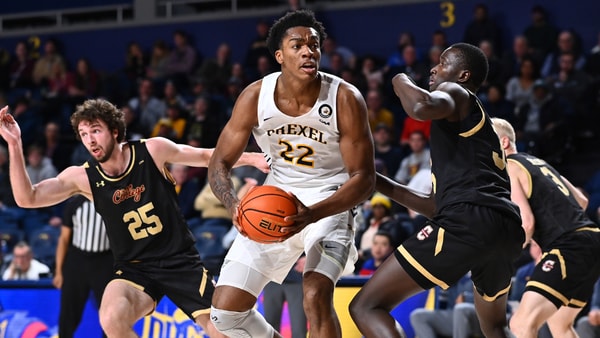
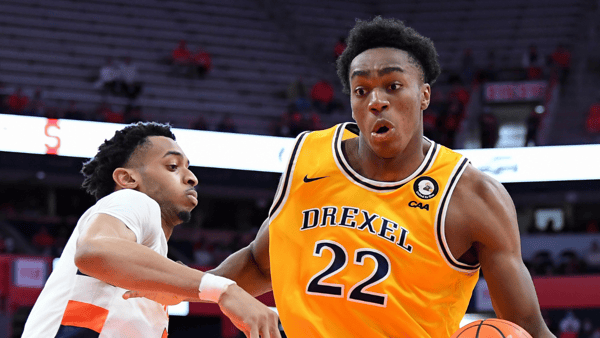
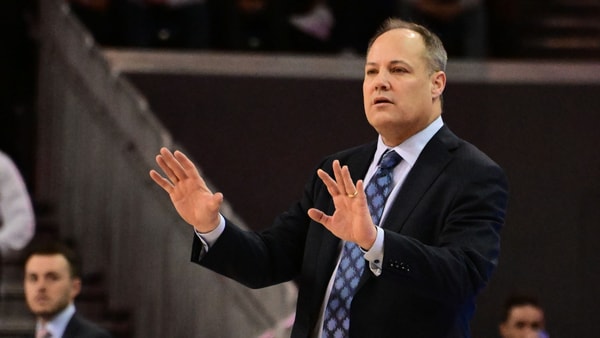
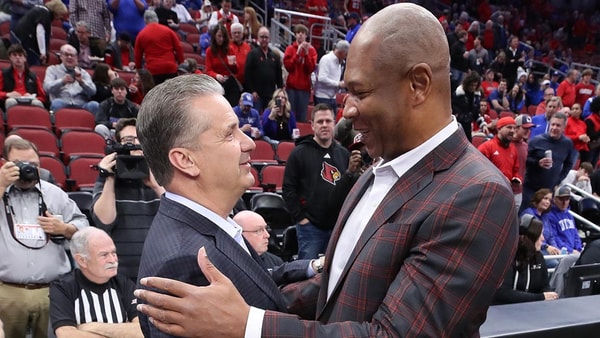

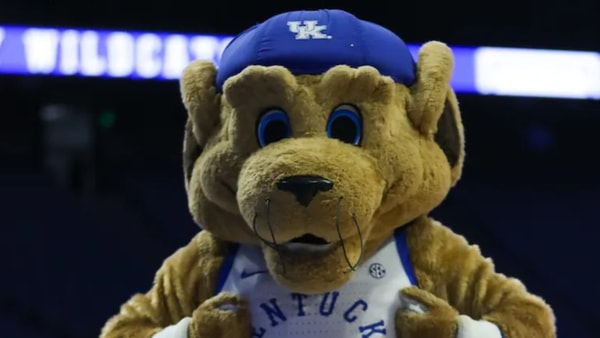
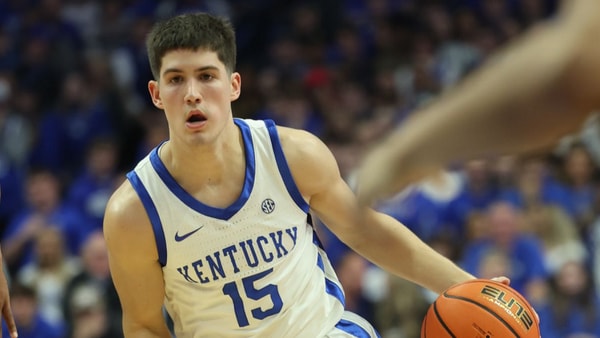
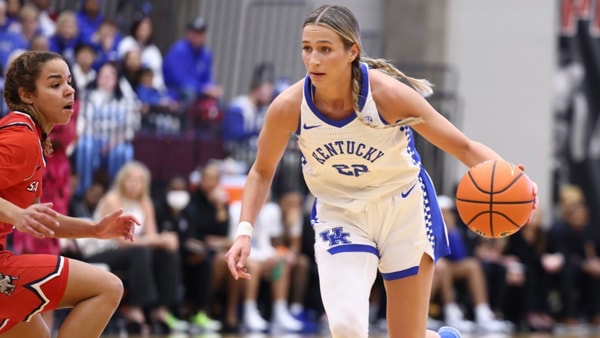
Discuss This Article
Comments have moved.
Join the conversation and talk about this article and all things Kentucky Sports in the new KSR Message Board.
KSBoard